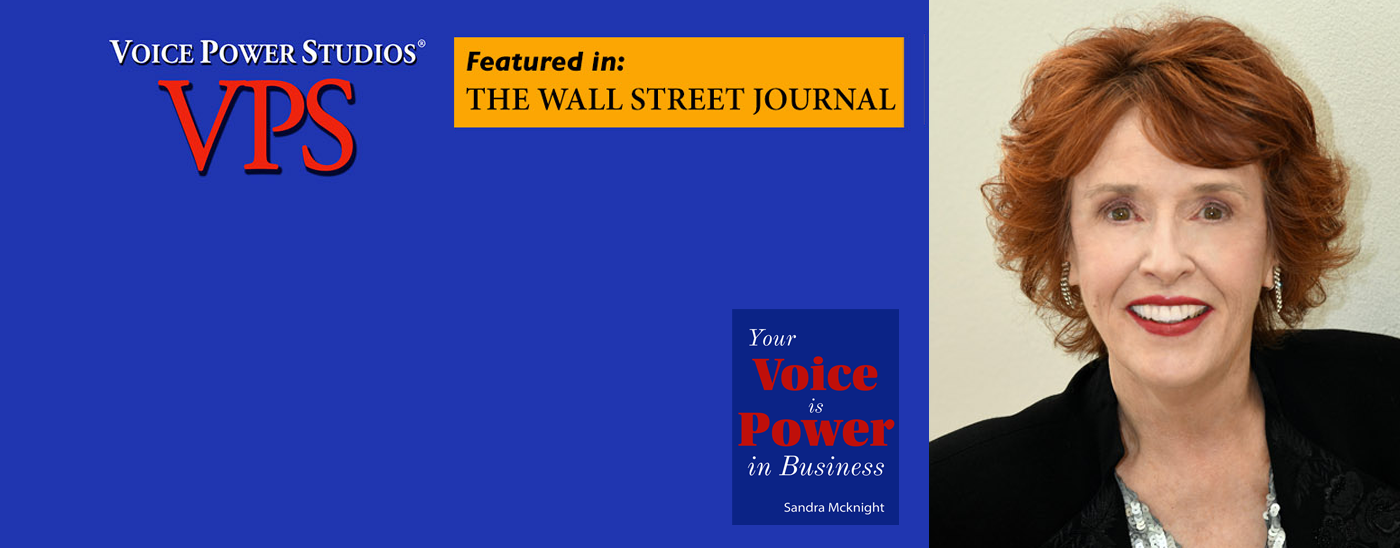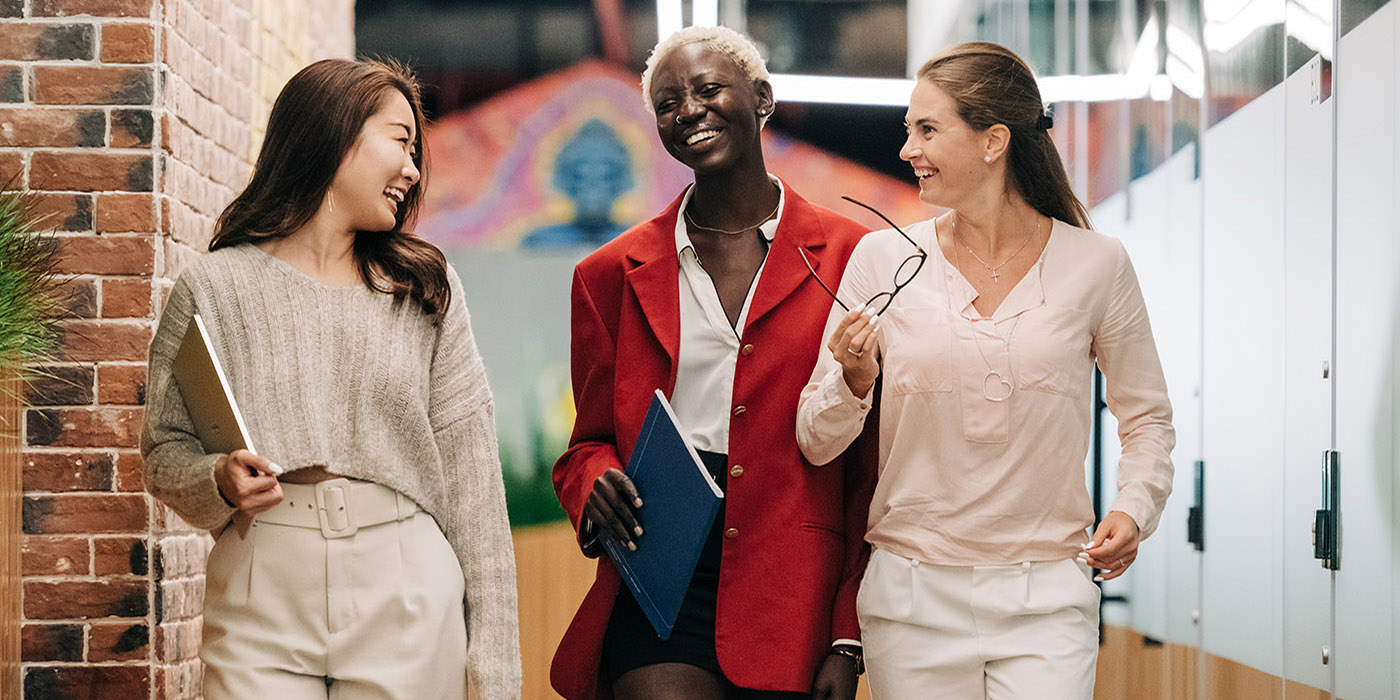|
By JENNIFER SARANOW
VINYA LYNCH HATES the sound of her voice. She thinks it is timid and sing-songy. She blames it for why she is frequently cut off giving presentations at work, and for why it takes her as many as 10 tries to record a voice-mail message.
"When I listen to myself, it doesn't sound intelligent," says Ms. Lynch, a 35-year-old handbag designer.
So last summer, simply to change how she sounds, Ms. Lynch began seeing a speech pathologist. Total cost: $2,250 for 10-sessions plus evaluation, text and tapes. "I want my voice to be charismatic and confident all at the same time," she says.
Speech therapy used to be for stutterers, lispers and other people with medically diagnosed language problems. But in a culture increasingly devoted to personal trainers, self-help books and cosmetic surgery, a new outlet for self-betterment is emerging: the personal voice trainer.
Eager to boost their prospects professionally or socially (or both), a growing number of people are hiring speech pathologists to "tone" and improve normal voices. It's a phenomenon driven partly by the tight job market, where every little advantage counts, as well as the pervasiveness of cellphones and voice mail, which can amplify the eternal tendency to cringe at the sound of one's own words.
"This is not speech therapy, this is beautification of the voice," says Ita Olsen, a speech pathologist in New York whose firm Oslic Consultants LLC sees about 275 individuals a week for "cosmetic" voicechanging, compared with about one per week three years ago.
Technological advances are making cosmetic voice changes easier. A number of speech-therapy practices are using digital video endoscopy, a technology that allows speech pathologists to see the vocal folds as they are vibrating — and to home in on what the talker is doing wrong. (It involves sticking a small fiber-optic tube with a camera at the end up the patient's nose.) Others use a computerized system that quantifies speech. Patients speak into a microphone and a line appears on a computer screen that reflects their pitch, loudness and vocal quality. The number provides a quantitative baseline voice from which doctors can work.
But speech therapists are also finding low-tech ways to capitalize on the growing
|
market. Sandra McKnight, a voice coach in Santa Fe, N.M., offers voice training over the phone (a typical treatment program is four 75-minute phone sessions for $640). She says she doesn't have to see patients in person to know what their voice problems are; she just needs to hear them. Susan Miller, a Washington, D.C., speech pathologist, and Susan Berkley, a voice expert in Englewood Cliffs, N.J., recently released a compact disc package, available through the Internet (www.voicetrainer.com), called "Vocal Vitality: A safe, easy warm up program to energize and enhance your speaking voice" with morning vocal exercises for unsatisfied talkers. They've sold several hundred so far.
Dr. Miller says the growing demand for voice improvement became apparent to her in the fall of 2002 when she gave a six-week course at the Smithsonian called "Cultivating the Medium of the Message: Your Voice." She expected about 30 participants at the first class. More than 150 showed up. "I was shocked," says Dr. Miller, who estimates about 35% of her 120-patient-a-week practice now is devoted to training normal voices, up from 5% three years ago.
People have been wincing when they hear themselves speak since the dawn of the recording. Common complaints run the familiar litany of too high-pitched, too monotone, too nasal, too much like the opposite sex. For women, they often include: too shrill, too "valley girl," or too faint. For men, familiar grievances are too gravelly or too weak.
Voice experts say that many voice "problems" are caused by unbalanced talking, or using too much of one part of the voice. (The components of the voice include breathing, vocal chord vibration and the sound of the voice as it resonates out of the mouth, nose and throat.) For example, hypernasality results from letting sound resonate too much through the nose. A gravelly or harsh tone comes from excessive tension in the throat area.
The voice "is very similar conceptually to a person's knee," says Joseph Stemple, a speech pathologist at the Blaine Block Institute for Vocal Analysis and Rehabilitation in Dayton, Ohio, and author of a well-known voice pathology textbook. "It can become strained and weakened and unbalanced and you can do direct exercise to enhance it."
The key behind most voice exercise programs is teaching patients to find their "true" sound when emphasis isn't on
|
one part of the voice over others. Patients learn to breathe from their stomach and let the voice carry more fully out of their mouth. They learn to feel whether they are exerting their mouth, nose or throat too much when talking. They use relaxing exercises to relieve tension that may be putting emphasis too much on one area.
Patients say that the end result is a better voice and more-effortless talking — but getting there takes a lot of work. Learning to talk with a "true" voice can mean anything from figuring out how to hold your tongue while speaking to breathing differently — movements that feel weird and unnatural at first. It takes extensive practice to turn such changes into habit.
"The results are largely dependent on the amount of energy that they are willing to put into their practice," says Kate DeVore, a speech pathologist from Chicago, who estimates that personal training of normal voices now accounts for about half of her practice.
It requires not only practice, but a substantial amount of money, usually between $100 and $200 per session. Group sessions, which Dr. Olsen in New York has dubbed "voice spas," cost less.
Ms. Lynch says the gain has been worth the pain. At her third session with Dr. Olsen this past summer, Ms. Lynch relaxed her head from side to side, took a few breaths and practiced saying phrases she utters daily such as "40th and Broadway" and "two tickets please" using her new "true" voice.
A few weeks ago, she finished the last of her 10 sessions. Her new sound is deeper, slower and stronger than her regular voice, thanks to relaxing her throat muscles more to let air out and figuring out how to use her tongue differently.
"I learned a lot in theory and now, it's just a matter of applying it," she says. For now, she's mostly practicing around strangers — when she orders coffee, for instance, or gets in a taxi. But one day at work, she decided to use her new voice — or as she prefers to call it, her "natural voice" — all day. Everyone asked, "'Why are you speaking that way?'"
— The Wall Street Journal Online
 Journal Link: WSJ.com Journal Link: WSJ.com
subscribers can listen to examples
of voice and speech techniques at
WSJ.com/PersonalJournal.
|































